Vina (English spelling)
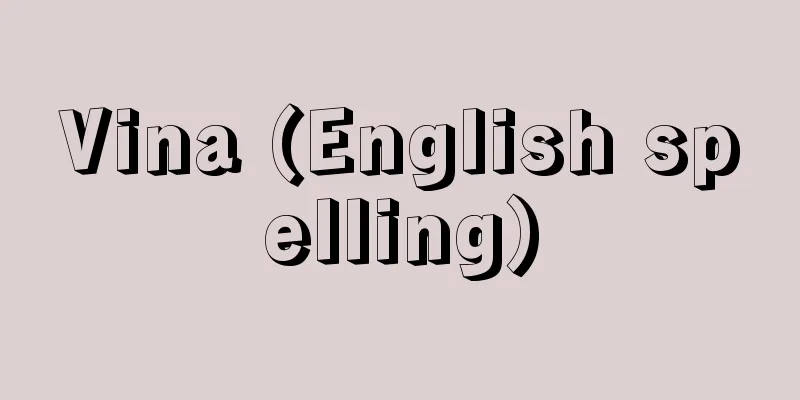
|
The main stringed instrument of South India. In ancient times, all stringed instruments were called beana. The ancient beana included bowed harps, a name derived from the Egyptian bean, vin. This disappeared from India more than 1000 years ago, and the term has since come to refer to instruments of the zither genus. The beana in its modern form was created in Tanjore around 1400. Even today, beanas are produced in Tanjore. In North India, the beana is often called bin. The beana in South India consists of a pear-shaped hollow body made of the same material as the body, carved out of a single piece of breadfruit or ebony wood. The top of the body is flat, where the bridge is placed, and the end of the neck is curved downward in the shape of a dragon's head. The neck, just below the neck, has a bell that is smaller than the round part of the body, which increases the sound and supports the instrument. The fingerboard has 24 metal frets set with wax at semitone intervals over a two-octave range. There are seven strings, four melody strings that pass over the frets and have two pegs on each side of the neck. The third secondary string is located to the side of the fingerboard and is used for drones and beats. The instrument is played by plucking the strings with the right hand and pressing them with the left hand. The secondary string is plucked with the little finger of the right hand and always remains open. Source: Encyclopaedia Britannica Concise Encyclopedia About Encyclopaedia Britannica Concise Encyclopedia Information |
|
南インドの主要な弦鳴楽器。古くは,弦楽器全体をビーナーと呼んでいた。古代のビーナーには,エジプトのビーン vinから出た名で弓型ハープがあった。これは,1000年以上も前にインドから姿を消し,以後,ツィター属の楽器をさすようになった。現在のような形のビーナーは,1400年頃タンジョールで作り出された。現在でもタンジョールではビーナーを生産している。また,北インドでは,しばしばビーナーのことをビンと呼ぶ。南インドのビーナーは,パンの木,あるいは黒檀の1本の木をくりぬいた西洋なし形の胴と同じ材質の空胴の長い棹から成っている。胴の上部は平らで駒が置かれ,首の先は竜の頭をかたどったものが下方に曲っている。首の少し下の棹に,胴の丸い部分より小さめのふくべをもち,音量を増すとともに楽器を支える役目を果している。指板の上には金属製の 24のフレットがワックスで半音間隔に2オクターブの音域にわたってつけられている。弦は7弦で,4弦が旋律弦で,フレットの上を通っており,首の両側に2つずつ糸巻がある。副弦の3弦は指板の脇にあり,ドローンや拍を刻むために使用される。右手で弦をはじき,左手で弦を押えて演奏する。副弦は右手小指ではじき,常に開放弦のままである。
出典 ブリタニカ国際大百科事典 小項目事典ブリタニカ国際大百科事典 小項目事典について 情報 |
Recommend
Bereaved family - Izoku
Generally, it refers to family members and relati...
SA (Social Policy)
...However, there is some debate as to whether it...
Sankaiki - Sankaiki
This is the diary of Fujiwara (Nakayama) Tadachik...
tropical year
…In the annual motion of the sun on the celestial...
Warwick
Warwickshire is the capital of the county of Warwi...
Aleksandr Romanovich Belyaev
A Soviet science fiction writer. After working as...
Bugula neritina (Bryophyte) - Bugula neritina
It is an exoproctidae of the family Mycorrhizae. I...
Shirokiya
[1] The nickname of the fourth act of the Joruri p...
Volcanic mountain range
〘Noun〙 Former name of "Kazan-tai (volcanic be...
Complete pin joint - Complete pin joint
...There are also n reaction forces, so the total...
naskhī (English spelling) naskhi
…The first typeface is the oldest Islamic typefac...
Liber judiciorum
This was the last legal code of the Visigothic Kin...
Hermann, E.
...International postcards to foreign countries h...
Ojukwu, EO (English spelling) OjukwuEO
…Gowon attempted to create multiple states, inclu...
Erwin Piscator
German director. His real name was Fischer. He wa...
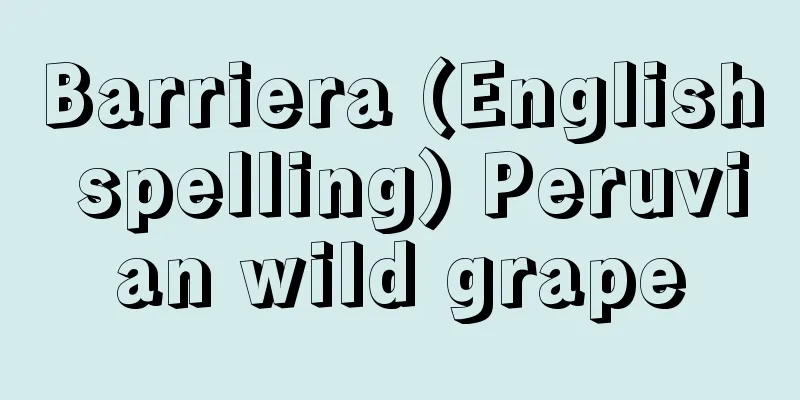

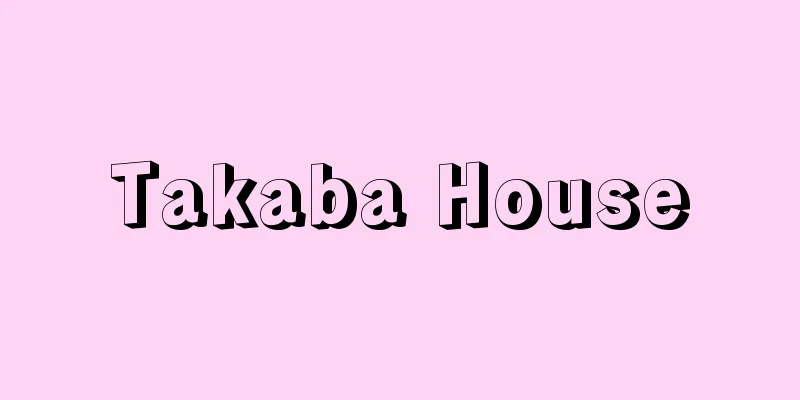
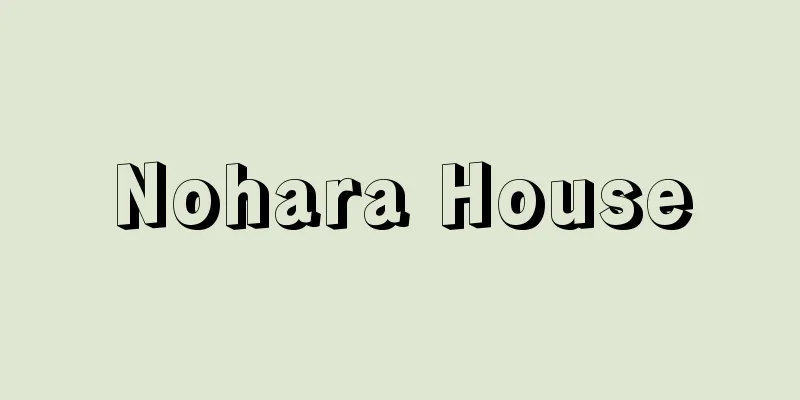

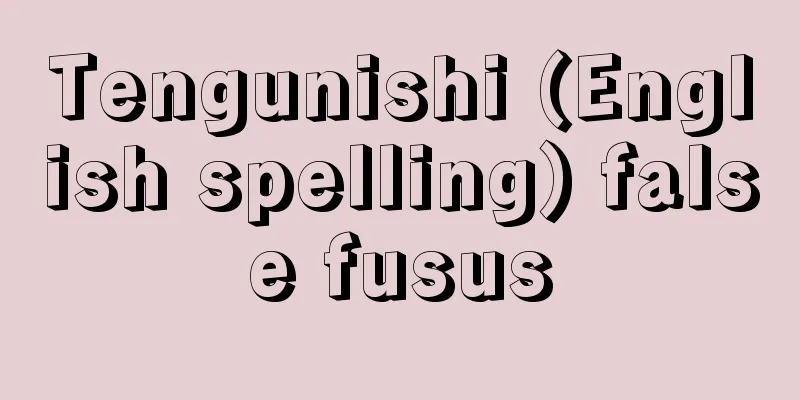



![Maki [town] - Maki](/upload/images/67cce321cfe8d.webp)